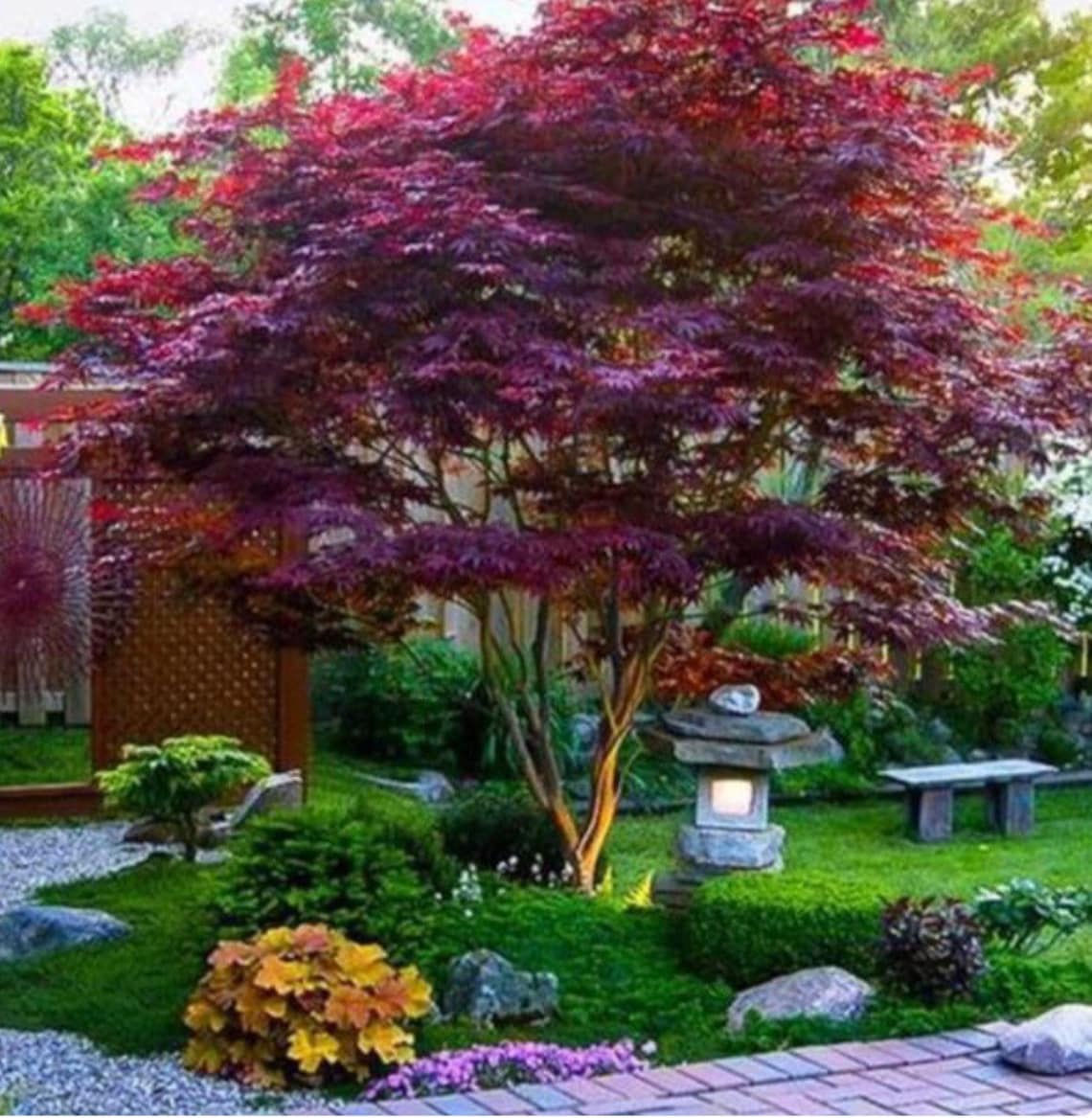
If pruning is necessary, prune during the dormant season and avoid pruning in spring when the sap is running. Low maintenance, this plant needs little pruning.Perfect as a specimen plant in cottage gardens, city gardens, or rock gardens and containers.Leaf scorch can be caused by a lack of soil moisture or excessive exposure.
#Bloodgood japanese maple full
Best leaf color in partial shade, although full sun can be tolerated. Mulch helps retain soil moisture and keep roots cool.
A full sun or part shade lover, this plant is easily grown in moist, organically rich, slightly acidic, well-drained soils. Recipient of the prestigious Award of Garden Merit of the Royal Horticultural Society for its outstanding qualities. Vigorous, this upright maple tree stands out in the landscape and is suitable as a focal point or as the perfect foil for a mass of green in the landscape. As the leaves fall, they expose the blackish red bark, adding interest to the winter landscape. The delicate spring foliage of five or seven pointed, lobed, wine-red to burgundy leaves, holds its color in summer and turns vibrant crimson-red in fall before shedding to the ground. While attractive close-up, the flowers are however not particularly showy from a distance. In spring, it produces small purple flowers which give way to red fruits. These 25 Japanese maples are all great options, offering foliage ranging from red and yellow to green also featuring different growth habits and tree heights.Regarded as one of the best purple-leaved Japanese Maples, award-winning Acer palmatum 'Bloodgood' is a large deciduous shrub or small rounded tree of great beauty in all seasons. While there are many ways to select a Japanese maple, leaf color is why most people plant this tree. Many popular cultivars produce the familiar red foliage, such as one of the most popular Japanese trees, 'Bloodgood.' But others provide brilliant green or gold tones-and even bicolor leaves. In zones 7–8, they can benefit from planting in partial shade or dappled sunlight to protect the leaves from leaf scorch in the summer heat. Japanese maples should be planted in full to partial sun and in well-drained soil. They are suitable for USDA hardiness zones 5–8, though a few can brave zone 4 if planted in protected locations. The many different kinds of Japanese maples include Acer palmatum, Acer japonicum, and Acer pictum they are all part of the Sapindaceae (soapberry) family. 
‘Sango Kaku’ is prized as one of the prettiest Japanese maple trees for its changing foliage but also bright coral bark, which gives this tree its striking contrast all year round.

The foliage offers striking color throughout the growing season, becoming even more beautiful with the fall color change. Several dwarf varieties stay small and can be trained as bonsai, such as 'Geisha Gone Wild' and 'Coonara Pygmy.'Īlthough the tree blooms in spring, it's the palmate leaves with five-, seven-, or nine-toothed finger-like leaves that offer the real appeal.

With over a thousand varieties, it is a smallish species, with mature heights of 4–30 feet, depending on the cultivar. Japanese maple tree varieties are prized for their delicate and colorful foliage throughout the growing season and autumn. The Spruce Home Improvement Review Board.







 0 kommentar(er)
0 kommentar(er)
